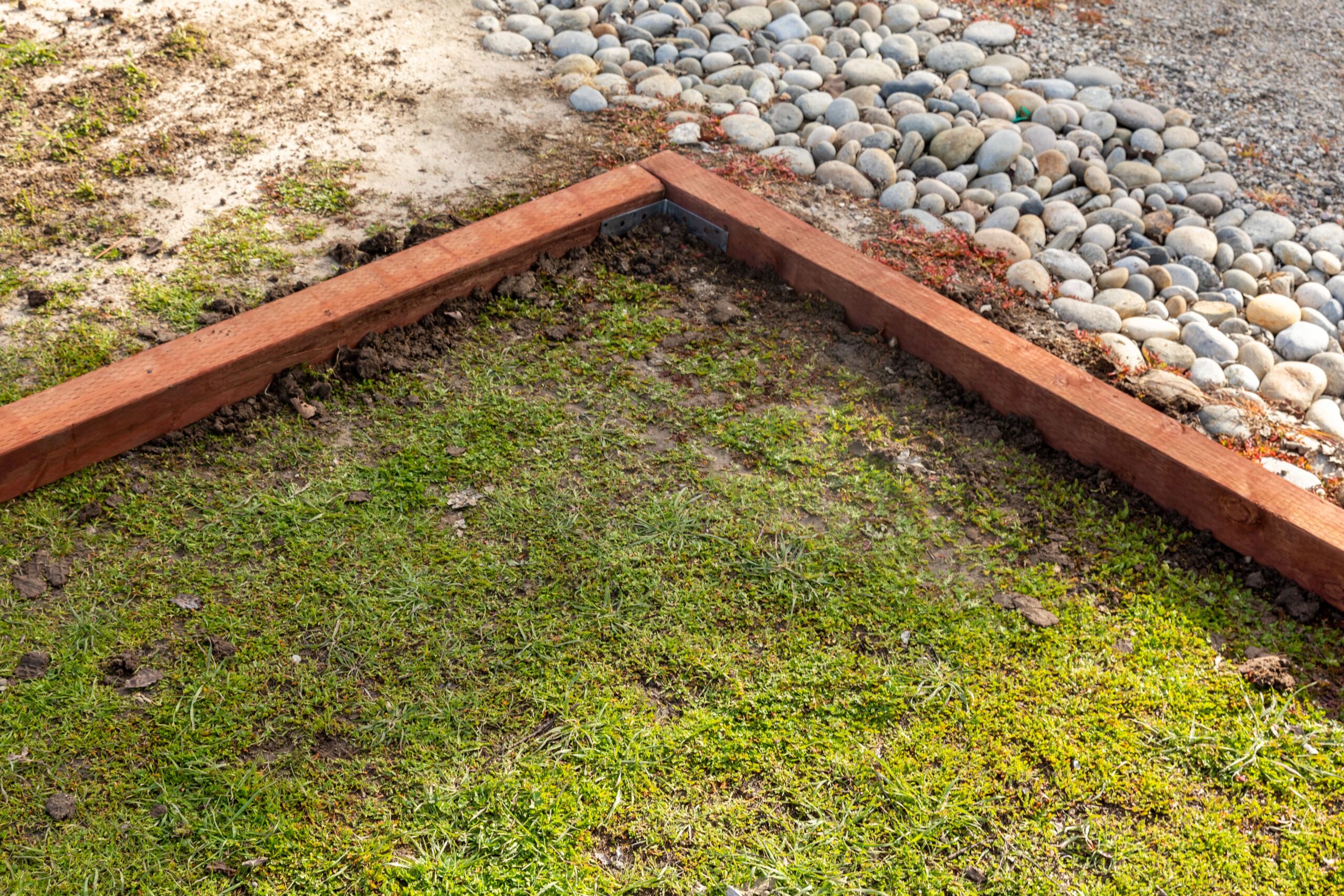Property Boundary Dispute Calculator: Estimate Your Costs & Options
Property Boundary Dispute CalculatorUse this calculator to estimate potential costs and considerations for resolving a property boundary dispute. |
|
| Type of Boundary Dispute: | |
| Approximate Property Value (USD): | |
| Disputed Area (Square Feet): | |
| Preferred Resolution Method: | |
| Relationship with Neighbor: | |
| How long has the dispute been ongoing? | |
|
Disclaimer: This calculator provides rough estimates only and should not be considered legal or financial advice. Actual costs may vary significantly based on your specific situation, location, and legal complexities. We recommend consulting with a property attorney for personalized guidance. |
|
Resolve Property Line Disputes with Confidence
Are you facing a boundary dispute with your neighbor? Unsure about the potential costs and timeline for resolution? Our Property Boundary Dispute Calculator helps homeowners across the country estimate expenses, explore resolution options, and make informed decisions about their property rights.
Why Use Our Property Boundary Dispute Calculator?
Property line disputes can be stressful and expensive if not handled properly. Our calculator provides:
- Accurate Cost Estimates: Get a comprehensive breakdown of potential expenses including surveys, legal fees, and resolution costs
- Personalized Recommendations: Receive tailored advice based on your specific situation and relationship with neighbors
- Timeline Projections: Understand how long different resolution methods might take
- Decision Support: Compare different approaches to find the most cost-effective solution
Understanding Property Boundary Disputes
Property boundary disputes arise when neighboring property owners disagree about where one property ends and another begins. These conflicts can stem from:
- Fence or wall placement issues
- Structural encroachments (like buildings, driveways, or landscaping)
- Easement disagreements
- Conflicting survey results
- Tree and natural boundary questions
Left unresolved, these disputes can affect property values, complicate future sales, and damage neighborly relationships. Our calculator helps you understand the financial implications of various resolution approaches.
How to Effectively Resolve Boundary Disputes
The most successful boundary dispute resolutions typically follow these steps:
- Get the facts: Commission a professional property survey to establish the legal boundary
- Document everything: Take photos and keep records of all communications
- Understand your options: Consider direct negotiation, mediation, or legal action
- Evaluate costs and benefits: Use our calculator to estimate expenses for each approach
- Choose the appropriate path forward: Based on your relationship with your neighbor and the dispute specifics
Why Property Owners Trust Our Calculator
Our Property Boundary Dispute Calculator was developed by consulting real estate attorneys, professional surveyors, and mediation experts to ensure accurate estimates and practical recommendations. While every dispute is unique, our tool provides valuable insights to help you navigate this challenging situation.
Frequently Asked Questions About Property Boundary Disputes
What is the most common cause of property boundary disputes?
The most common causes of boundary disputes include misplaced fences, encroaching structures, conflicting survey results, and misunderstanding of easement rights. Often, these disputes arise when new owners purchase property without being aware of existing boundary issues or when improvements are made without verifying property lines.
How much does a property survey typically cost?
Professional property surveys generally cost between $500 and $1,500, depending on your location, property size, terrain complexity, and the survey’s purpose. For boundary disputes, more detailed surveys with higher precision may be required, potentially increasing costs to $2,000 or more.
Can I resolve a boundary dispute without going to court?
Yes, many boundary disputes are successfully resolved without litigation. Options include:
- Direct neighbor-to-neighbor negotiation
- Professional mediation services
- Boundary line agreements (legal documents that establish agreed-upon boundaries)
- Lot line adjustments (formally changing property lines with county approval)
Our calculator can help you compare the costs of these alternatives to court action.
What is adverse possession and how does it affect boundary disputes?
Adverse possession is a legal principle that allows someone who has continuously used land owned by another person for a statutory period (typically 7-20 years, depending on state law) to claim legal ownership of that land. For adverse possession claims to succeed, the use must generally be:
- Actual and continuous
- Open and notorious (visible to the owner)
- Exclusive (not shared with the true owner)
- Hostile (without the owner’s permission)
- For the statutory period required by state law
If your boundary dispute involves long-term encroachment, adverse possession laws may impact your case.
How long do boundary disputes typically take to resolve?
Resolution timelines vary significantly based on the approach:
- Direct negotiation: 1-2 months if both parties are cooperative
- Mediation: 2-4 months
- Legal action: 6-24 months, depending on court schedules and case complexity
Our calculator provides timeline estimates based on your specific situation.
Will homeowners insurance cover boundary dispute costs?
Most standard homeowners insurance policies do not cover boundary dispute costs. However, title insurance may provide some coverage if the dispute stems from a title defect. Legal expense insurance, if you have it, might cover some legal costs. We recommend checking your specific policies.
How does a boundary dispute affect property value?
Unresolved boundary disputes can negatively impact property value and complicate future sales, as they must be disclosed to potential buyers. Resolving disputes properly can protect your property value and make future transactions smoother.
What documentation do I need for a boundary dispute?
Important documentation includes:
- Deed and property description
- Previous surveys
- Title insurance policy
- Photos of the disputed area
- Records of communications with neighbors
- Any existing boundary agreements or easements
Can I build a fence right on the property line?
Laws regarding fence placement vary by location. In many jurisdictions, you can build exactly on the property line, but only with your neighbor’s consent. Some areas require fences to be set back slightly from the property line. Check local zoning regulations and homeowner association rules before construction.
What is a “boundary line agreement” and how does it work?
A boundary line agreement (also called a lot line agreement) is a legal document signed by neighboring property owners that establishes an agreed-upon boundary line. Once recorded with the county, it becomes a binding agreement that transfers with property ownership. This can be a cost-effective solution when surveys show minor discrepancies or when long-standing boundaries differ slightly from legal descriptions.
Get Started with Your Property Boundary Dispute Resolution
Use our Property Boundary Dispute Calculator today to estimate costs, explore options, and find the most effective path to resolving your boundary issues. Remember that while our calculator provides valuable estimates, consulting with a real estate attorney is recommended for personalized legal advice tailored to your specific situation.






